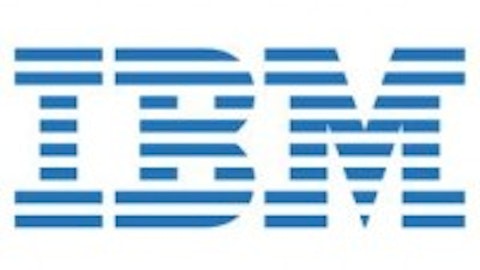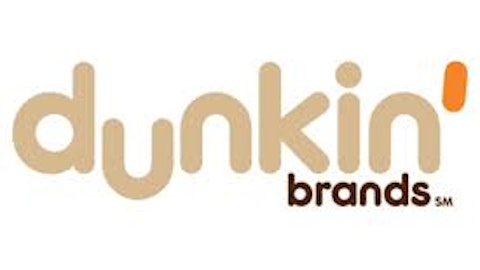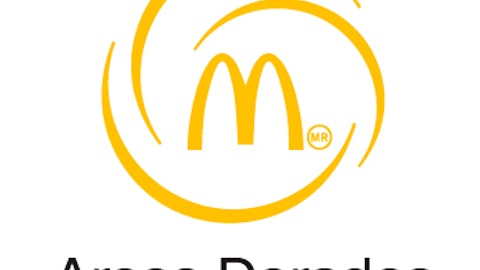What could possibly be good about a stock losing 10% of its value? Well, the dividend yield increases, making a solid dividend stock even more attractive. Take Darden Restaurants, Inc. (NYSE:DRI) for example. Towards the end of last year the stock plummeted from around $52 per share to the mid $40’s, currently trading around $46. This, of course, caused the dividend yield to move in the opposite direction.

The stock now offers a 4.33% dividend yield, putting it far ahead of other restaurant stocks like McDonald’s Corporation (NYSE:MCD), Yum! Brands, Inc. (NYSE: YUM), and Tim Hortons Inc. (USA) (NYSE:THI) . I’ve written about McDonald’s before and found the stock to offer a fantastic dividend in terms of both yield and growth potential. But does Darden Restaurants, Inc. (NYSE:DRI) offer an even better opportunity?

Darden operates restaurants such as Red Lobster, Olive Garden, and LongHorn Streakhouse, which offer casual dining as opposed to the quick-serve restaurants operated by the competitors in this comparison. Casual dining is far more fragmented an industry, and Dardenhas carved out a big chunk of it with $8 billion in revenue in the most recent fiscal year. However, the trend these days seems to be restaurants where you order at the counter instead of being waited on, especially among younger people. This puts Darden in direct competition with companies like McDonald’s Corporation (NYSE:MCD)’s and every other quick-serve restaurant.
The dividend yields for these four companies vary, as shown in the table below.
| Company | Dividend Yield |
|---|---|
| Darden | 4.33% |
| McDonald’s | 3.22% |
| Yum | 2.05% |
| Tim Hortons | 2.07% |
Darden Restaurants, Inc. (NYSE:DRI) has by far the highest yield coming off the aforementioned stock price decline and a16% quarterly dividend hike last year. McDonald’s Corporation (NYSE:MCD) comes in at number two after having increased its dividend by 10% late last year with a yield well above the S&P 500 average. Yum! Brands, Inc. (NYSE:YUM) and Tim Hortons both have sub-par 2% yields. Yum increased its dividend by 17.5% last year, impressive but not enough to bring the yield to higher levels. Tim Hortons saw a 24% dividend hike at the beginning of this year, a significant step toward offering an attractive dividend.
Of course, what matters is the long-term dividend growth prospects for each company. First, let’s look at the historical growth.
| Year | Darden* | McDonald’s | Yum | Tim Hortons** |
|---|---|---|---|---|
| 2012 | $1.72 | $2.87 | $1.19 | $0.84 |
| 2011 | $1.28 | $2.53 | $1.04 | $0.68 |
| 2010 | $1.00 | $2.26 | $0.88 | $0.52 |
| 2009 | $0.80 | $2.05 | $0.78 | $0.40 |
| 2008 | $0.72 | $1.63 | $0.68 | $0.36 |
| 2007 | $0.46 | $1.50 | $0.53 | $0.28 |
| 2006 | $0.40 | $1.00 | $0.27 | $0.14 |
| 2005 | $0.08 | $0.67 | $0.22 | N/A |
| 2004 | $0.08 | $0.55 | $0.10 | N/A |
| 2003 | $0.08 | $0.40 | N/A | N/A |
* Fiscal year ends in May
** Values in Canadian dollars
All four companies have aggressively grown their dividends over the past decade or so. Since Yum and Tim Hortons didn’t start paying dividends until 2004 and 2006 respectively I’ll calculate the 5-year annualized growth rate for each company.
| Company | 5-year Annualized Growth Rate |
|---|---|
| Darden | 24.3% |
| McDonalds | 15.2% |
| Yum | 15.0% |
| Tim Hortons | 23.6% |
While both McDonald’s and Yum! Brands, Inc. (NYSE:YUM) grew their dividends at an impressive 15% rate Darden and Tim Hortons blew them away. Whether this rate of growth is sustainable depends on how much of the profits are currently being paid out in dividends. If this payout ratio is too high then future dividend growth will most likely trail past dividend growth. Here’s the payout ratio, using both free cash flow and net income, for each company in the TTM period.
| Company | FCF Payout Ratio | Net Income Payout Ratio |
|---|---|---|
| Darden | 83% | 53% |
| McDonalds | 75% | 54% |
| Yum | 47% | 35% |
| Tim Hortons | 41% | 32% |
The two companies with the lowest yields, Yum and Tim Hortons, pay the least of their profits in dividends. This means that dividend growth can come from both earnings growth and an expansion of the payout ratio. For Darden and McDonald’s there is less room to grow the payout ratio. Dividend growth will come mainly from earnings growth.
This means that Darden’s 5-year rate will almost certainly not hold up in the future. In fact, I’d be willing to bet dividend growth will slow dramatically. Yum! Brands, Inc. (NYSE:YUM) and Tim Hortons, while having the best growth prospects, offer yields which are just too poor to consider. A 2% dividend yield needs to grow awfully fast to be worth it. McDonald’s has a lower yield than Darden and similar growth prospects. This obviously makes Darden the best dividend stock of the bunch. The question is: how fast does Darden need to grow its dividend to justify its current market value?





